Week 11
It is ruinous when a mind is worried about the future, wretched before its wretchedness begins, anxious that it may forever hold on to the things that bring it pleasure. For such a mind will never be at rest, and in awaiting the future it loses sight of what it might have enjoyed in the present. The fear of losing a thing is as bad as regret at having lost it. — Seneca, Epistles 98.6
GM Fellow Degens ✌️
In 10 minutes, let's explore what happened in the market and what to look out for the next week
🤨 Silicon Valley Bank and consequences
🥇 Why Gold is Up
💸 USDC and whether we re-peg
⚠️ Past Week Market Sentiment
🎤 PPI and CPI reports coming
😅 Are we up only after CPI report?
💰 LQTY and MKR opportunities
This isn’t investment advice; please do your own research and let us know if you don't agree with anything here.
🤨 Silicon Valley Bank and consequences
What happened?
We have experienced a significant bank run that has affected Silicon Valley Bank, one of the 20 largest banks in the United States. As of Friday, the bank has been seized by regulators, and depositors have been guaranteed FDIC protection for a portion of their funds (250K), to be made available on Monday. It is important to remain calm and maintain a rational approach as we navigate through this situation.
What are second and third-order consequences?
Few possible scenarios can happen.
SVB clients get the FDIC-insured 250K and the rest of their cash with a significant haircut (75c per 1 USD).
The US Federal government steps in and assures the depositors they will be protected and pushes a bigger bank to acquire SVB.
Scenario 2 can happen on Monday, or a big bank might make a move independently, but timing is key. If SVB uncertainty is present in the next week - we would likely see third-order consequences of trust deteriorating from the US banking system.
Startups had their raised capital mostly in SVB and thus are unable to make payroll next week. This might mass wipe out a majority of companies building new things.
If you have enjoyed the newsletter so far, please subscribe. It'll help me to reach you with the Week 12 edition
🥇 Why Gold is Up
What’s happening?
Gold prices were trending downwards after hitting the 1920 ceiling (PAXG) and fell down to 1720 levels with fear of Paxos being caught up in regulatory issues for BUSD.
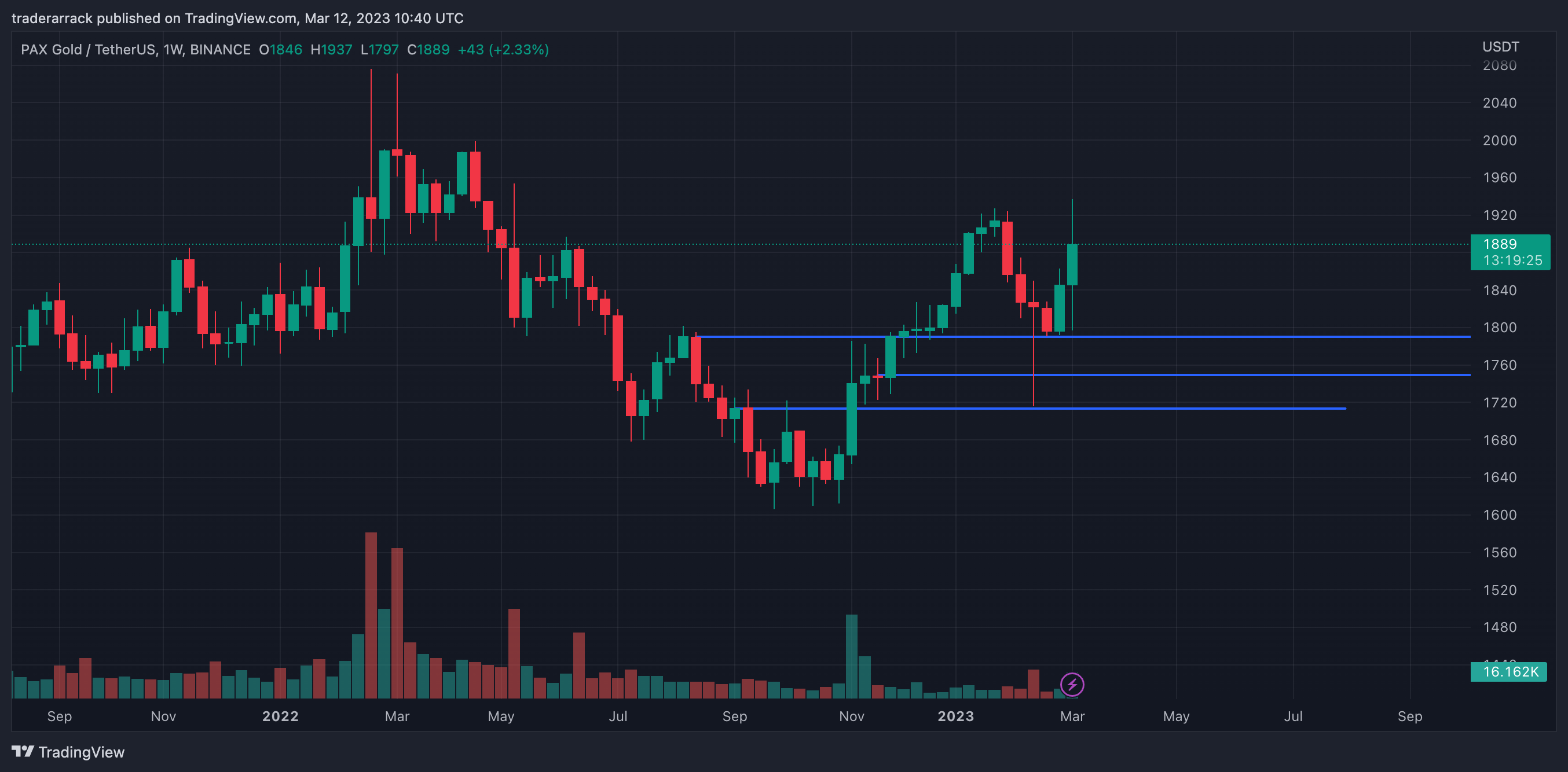
Last week the prices hit back to 1800 and pushed up beyond 1900 with the fears of the US Banking system collapsing.
What actions to take?
The current assessment of Gold is its strong trend up. We are collecting PAXG between the 1800-1720 range, potentially to see the 2000 ceiling being broken in the near future. DXY (Dollar) has hit the ceiling and will slowly trend downward when the FED starts cutting the funding rates.
💸 USDC and whether we re-peg
What happened?
Circle, the issuer of USDC, had $3.3B of its cash in SVB. This caused USDC to de-peg over the weekend, and they still haven’t recovered the peg during this time of writing.
What are second and third order consequences?
USDC was the only stablecoin left that wasn't tainted in the eyes of beholders. Now with the SVB fiasco - the majority would be thinking about their stablecoins and their position. Some of these assets would drive towards BTC and ETH. Thus might see an uprise in the price for those coins.
What actions to take?
Ideally, you should position yourself in the future to risk-mitigate your stables into multiple projects. At the moment - USDT seems to be the best available choice.
⚠️ Past Week Market Sentiment
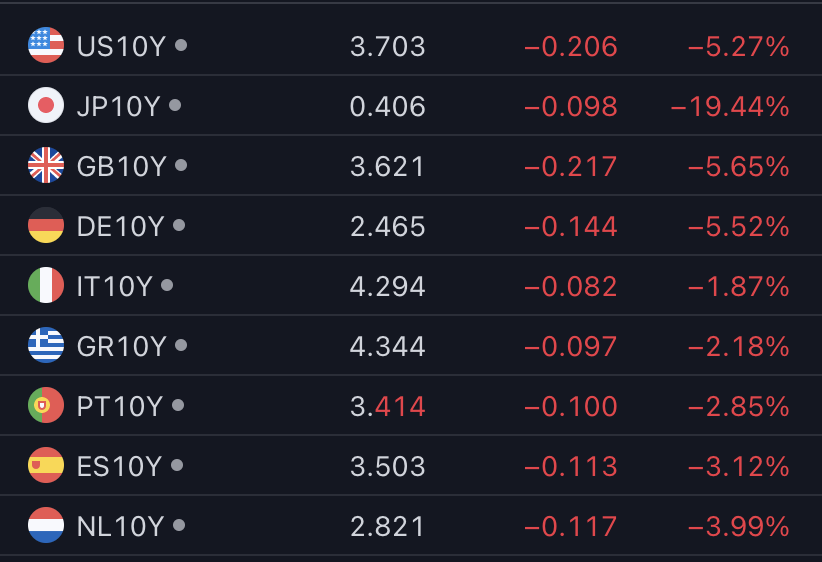
We have had the bond market taking a dip in the markets for the past week. If the FED softens, its stance. The sentiment is that the FED can do a 0.25% or 0.50%.
March 22 is the next FOMC meeting and rate hike decision (week 12). February 2 was the last rate hike, pushing the rates to 4.50% - 4.75%. If FED pushes 0.25%, we'd effectively be touching the 5%, which is when rates were in 2018.
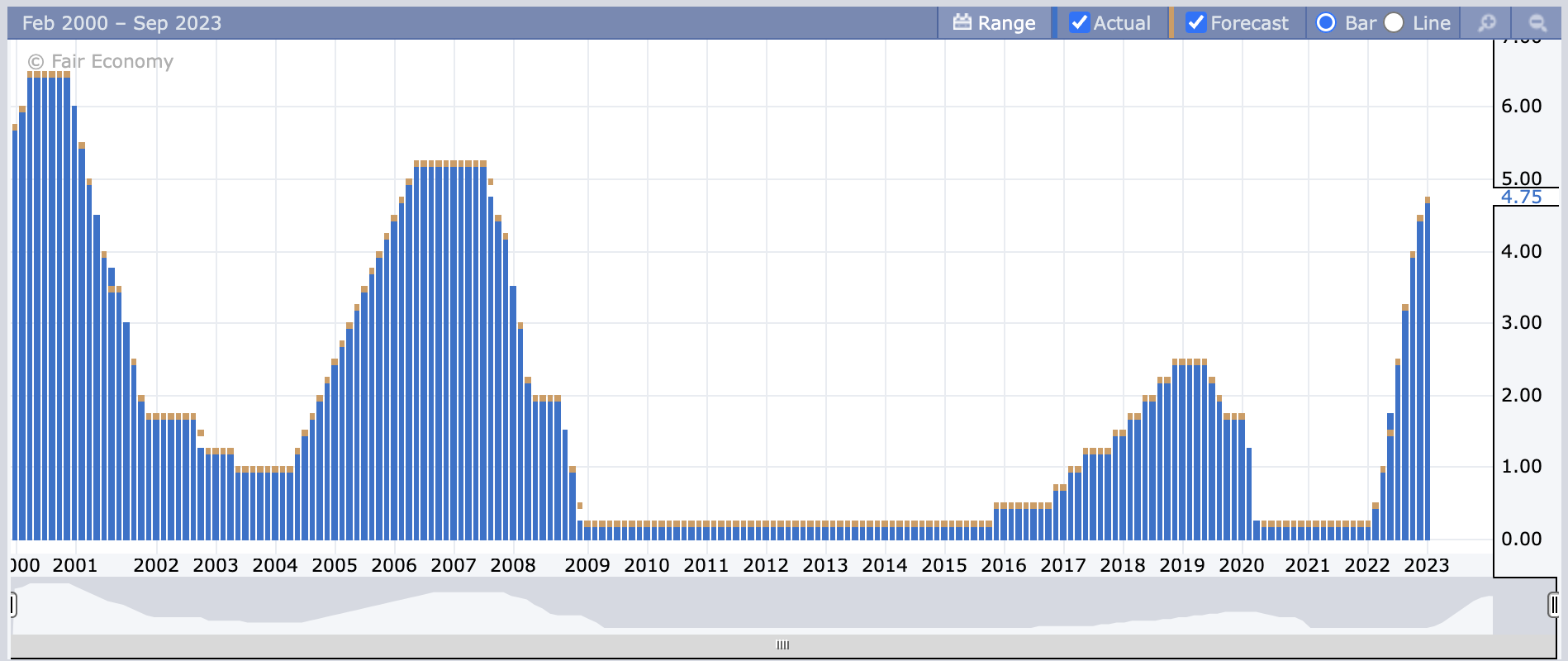
In the short term, the Dollar index also surged when the FED decided to hike rates on February 2. You can also see BTC pushing down with the FED decision.
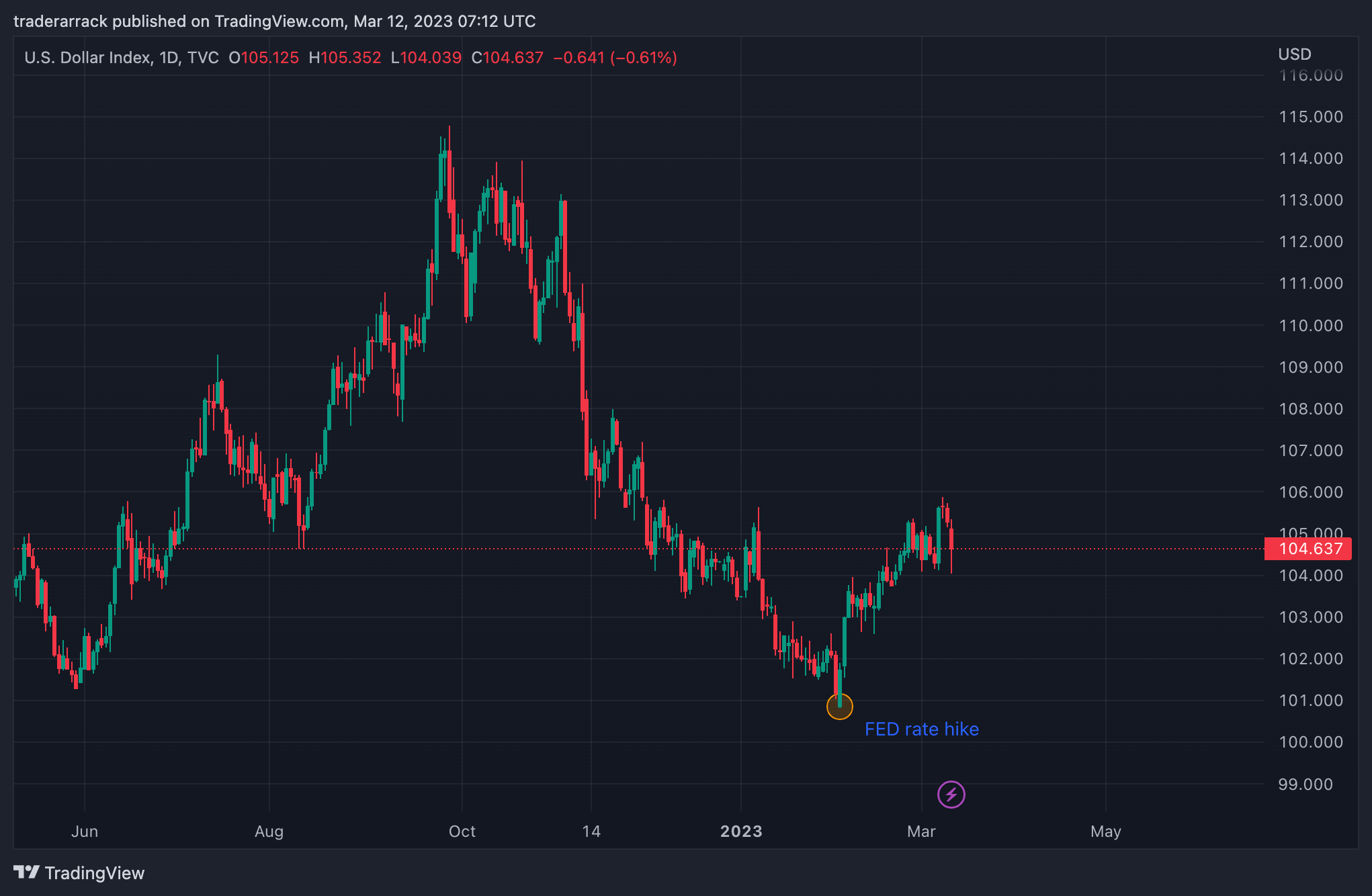
S&P 500 (ES) and Nasdaq (NQ) also began a downward fall on February 2 Past 2 weeks; the indicators have not been looking good either.
🎤 PPI and CPI reports coming
Core CPI Report - Tuesday, March 14
Expectation → 0.4%
The Core CPI (Consumer Price Index) report is an economic indicator that measures changes in the prices of goods and services purchased by consumers, but it excludes volatile categories such as food and energy. The purpose of excluding these categories is to provide a more stable and reliable measure of underlying inflation trends. The Core CPI is important because it helps us understand how much prices are going up or down for things people buy and whether the economy is stable.
When the Core CPI report shows that prices are rising, it can be a problem because things are getting more expensive. This can cause people to spend less money, slowing down the economy. On the other hand, if the CPI report shows that prices are staying the same or going down, it can be good because it means things are more affordable.
We ended up rallying up the last two times CORE CPI was released. January release was actually on target, and the February report missed the expectation by 0.1%.
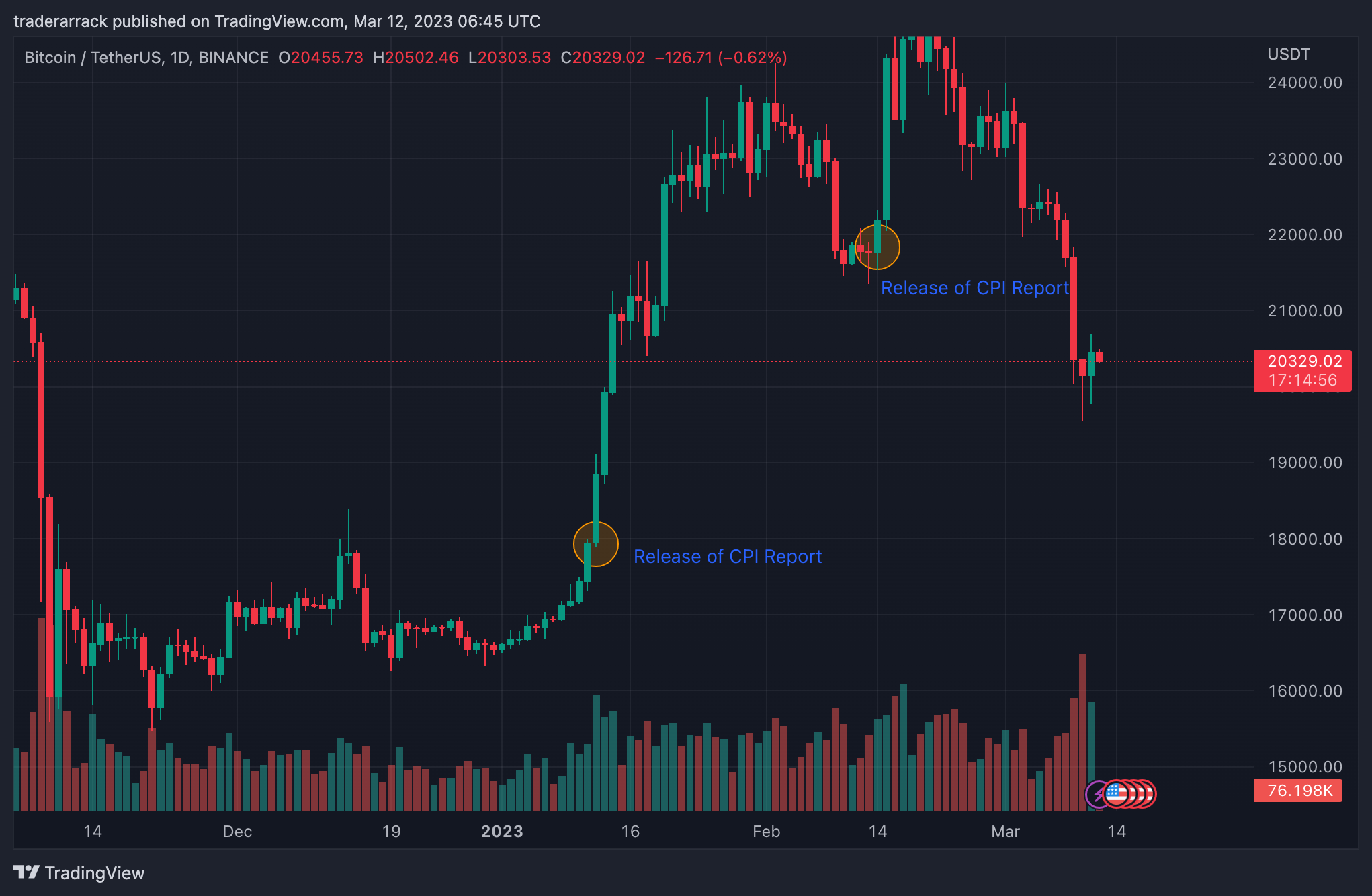
Furthermore - you can say that DXY (dollar index) reported negatively with the January release but then rallied post-February report giving the precursor to the sale of later securities.
PPI Report - Wednesday, March 15
Expectation → 0.4%
Core PPI m/m, which stands for Core Producer Price Index month-over-month, measures inflation at the wholesale level of goods and services. It tracks changes in prices domestic producers receive for their output, excluding food and energy prices.
The effect of Core PPI m/m on the economy depends on whether it exceeds, meets, or falls below expectations. If the Core PPI m/m exceeds expectations, it could suggest rising inflationary pressures and potentially lead to expectations of higher interest rates by the Federal Reserve. This, in turn, could impact financial markets and potentially lead to a sell-off in stocks and bonds. On the other hand, if the Core PPI m/m falls below expectations, it could indicate weaker inflationary pressures and potentially lead to expectations of lower interest rates, which could stimulate the economy and lead to increased investment.
For example, the last time PPI was released was February 16, and we saw a sell-off that started on the ES. BTC reacted a bit differently, where it held steady and pushed a bit higher.
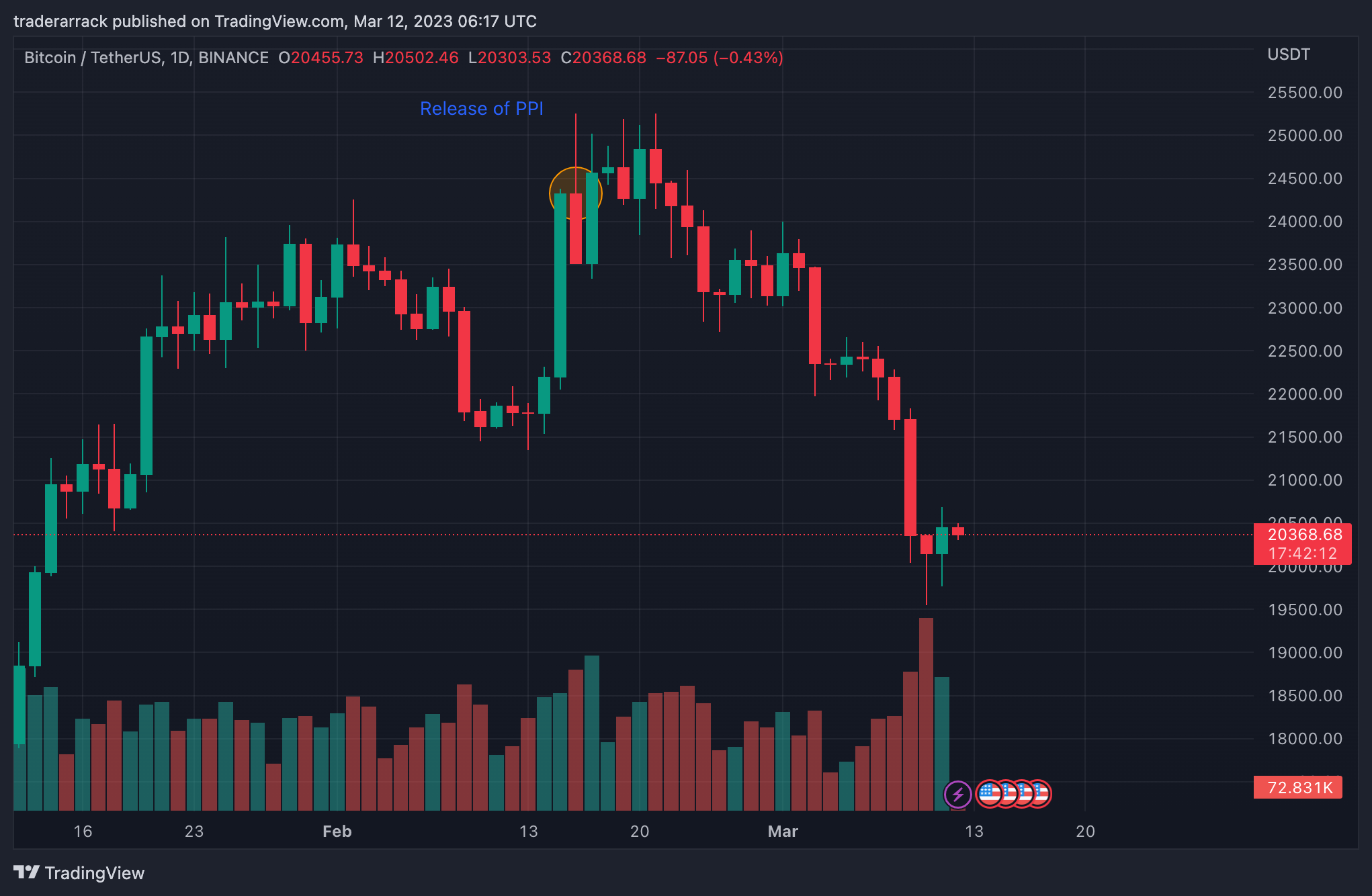
😅 Are we up only after CPI report?
FED already indicated that it would navigate its decision based on data, and if you dig deep into the 3 main data reports FED consumes - PPI, Core CPI, and Unemployment report.
Specifically, if you take CPI, housing is a big part of the Core CPI, and looking at the mortgage levels, you can see that 30Y and 15Y dipped in February. Thus I am leaning heavily toward Core CPI being on target or going slightly below target, indicating that inflation is indeed slowing down.
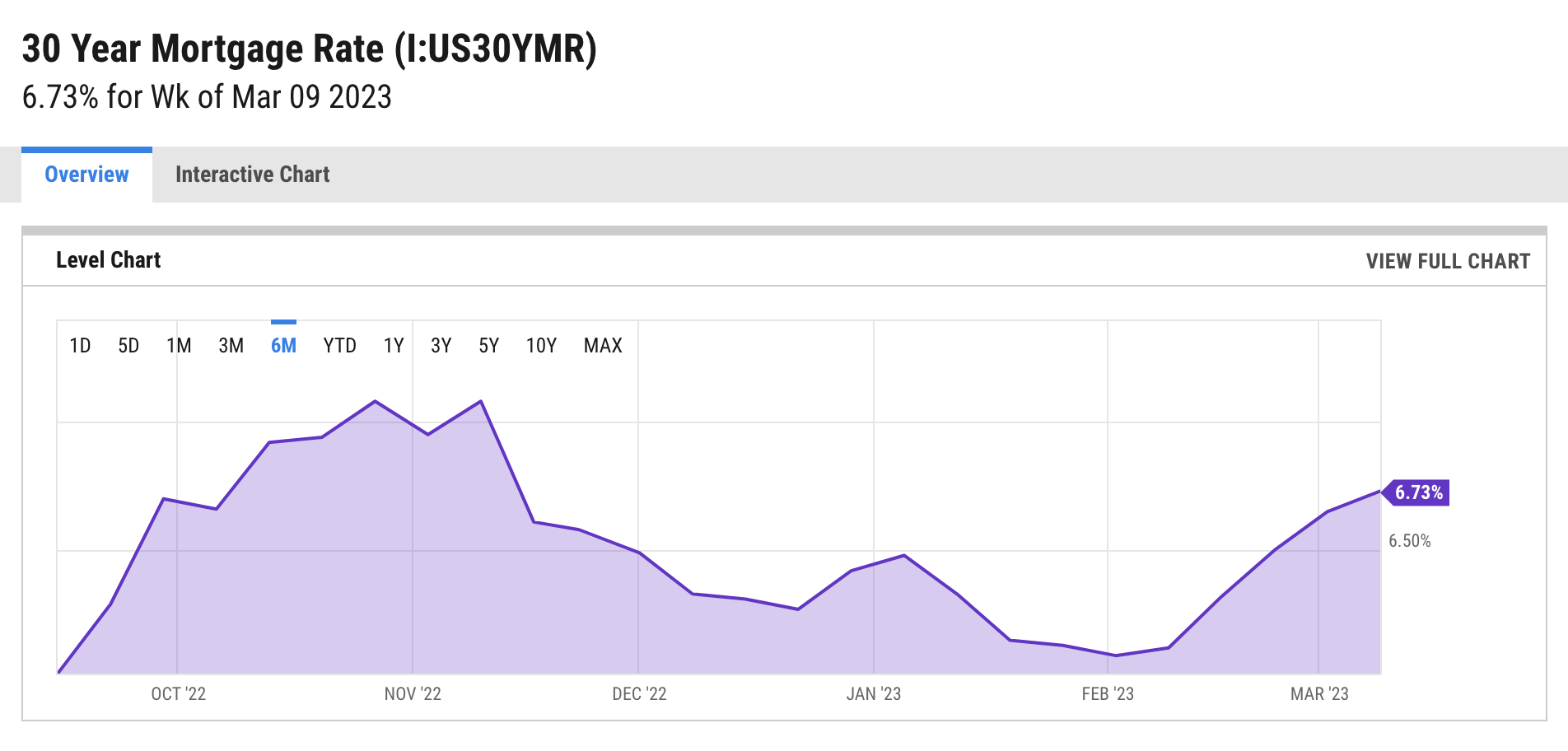
Next, we can take the PPI, which is mainly consisting of Input prices (raw material), Labor costs, Demand and Supply. Material prices can further be broken down to
Energy: including crude oil, natural gas, and electricity, which can account for around 20-30% of input prices.
Metals: such as steel, aluminum, and copper, can account for around 15-20% of input prices.
Agricultural products: including crops like wheat, corn, and soybeans, which can account for around 10-15% of input prices.
Chemicals: such as plastics, rubber, and fertilizers, can account for around 10-15% of input prices.
So looking into this - we can see that crude oil has stayed stable (or dipped), but natural gas has gone slightly higher. Metals have also reduced except Gold.
I assume that PPI will also hit expectations, and we might see a mini-rally.
💰 LQTY and MKR opportunities
Liquity
Liquity is a decentralized borrowing protocol that allows people to obtain liquidity against their cryptocurrency without paying interest. Users can lock up their cryptocurrency as collateral and create an individual position called a "Trove". They can then mint LUSD, a USD-pegged stablecoin, which they can use to get instant liquidity. Each Trove is required to be collateralized at a minimum of 110%. Any owner of LUSD can redeem their stablecoins for the underlying collateral at any time. The redemption mechanism and algorithmically adjusted fees guarantee a minimum stablecoin value of $1.
I am going to dive deep into this in the next week, but as of right now, it presents a juicy arbitrage opportunity.
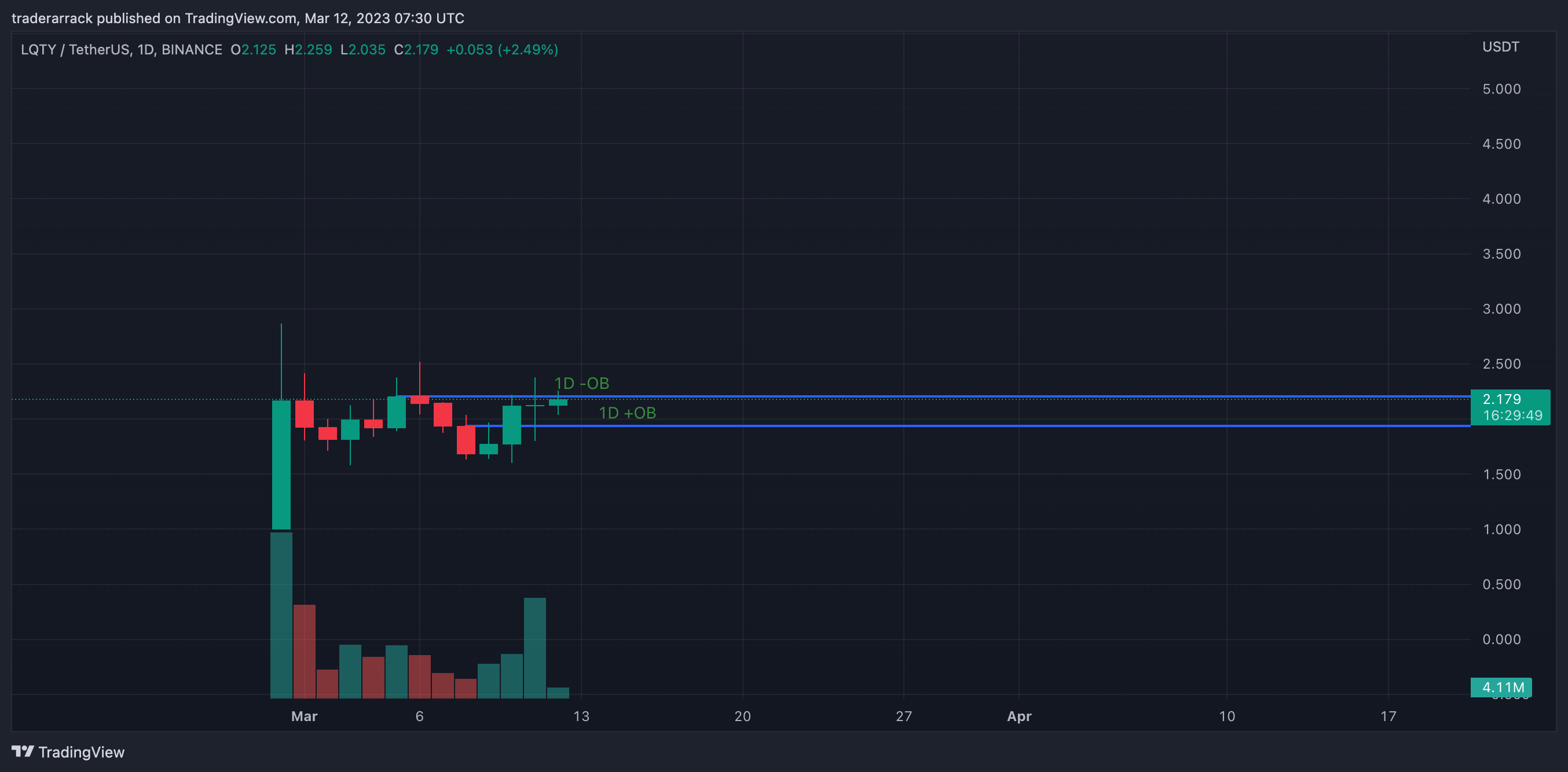
MKR
MakerDAO, the decentralized lending platform that issues the stablecoin DAI, has been caught up in the de-pegging of USDC, the stablecoin it is 54.5% backed by. This prompted MakerDAO's risk unit to propose urgent changes to limit the platform's exposure to potentially impaired stablecoins and risky collateral while maintaining liquidity. These proposals include reducing the maximum amount of DAI that can be borrowed against specific collateral, reducing daily mint limits, and increasing fees to discourage the dumping of USDC. MakerDAO is urging MKR holders and delegates to review and support these changes, with deployment expected within the next 48 hours. The de-pegging of USDC was caused by the collapse of Silicon Valley Bank, and Circle, USDC's issuer, has faced criticism for its lack of transparency regarding its exposure to the bank.
It's a reasonable bet to see that USDC regaining its peg; the upside on USDC is capped where, as MKR's upside isn't.
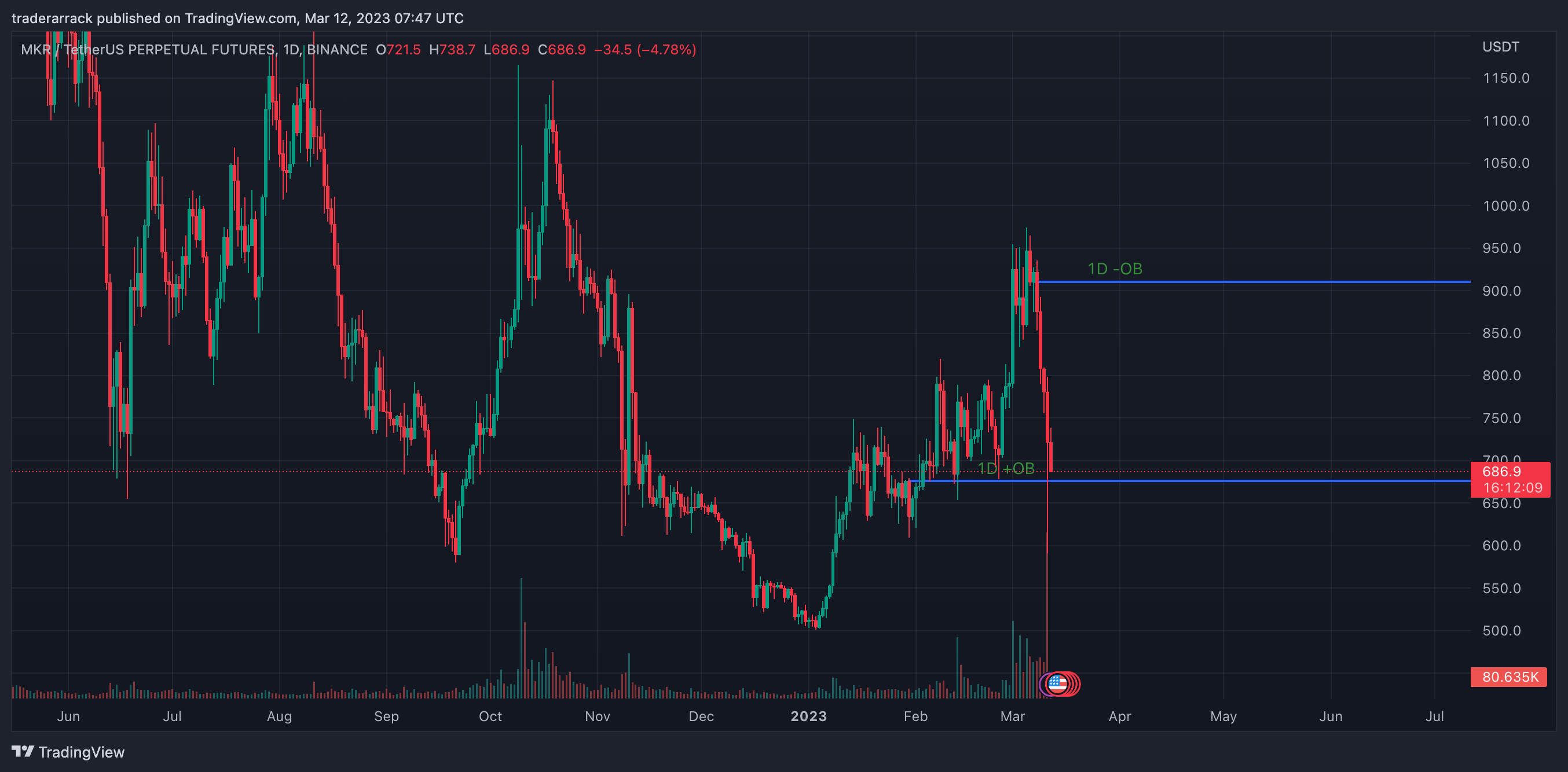
Thank you for reading, and as always, degen responsibily and be in the present moment.




 657
657
